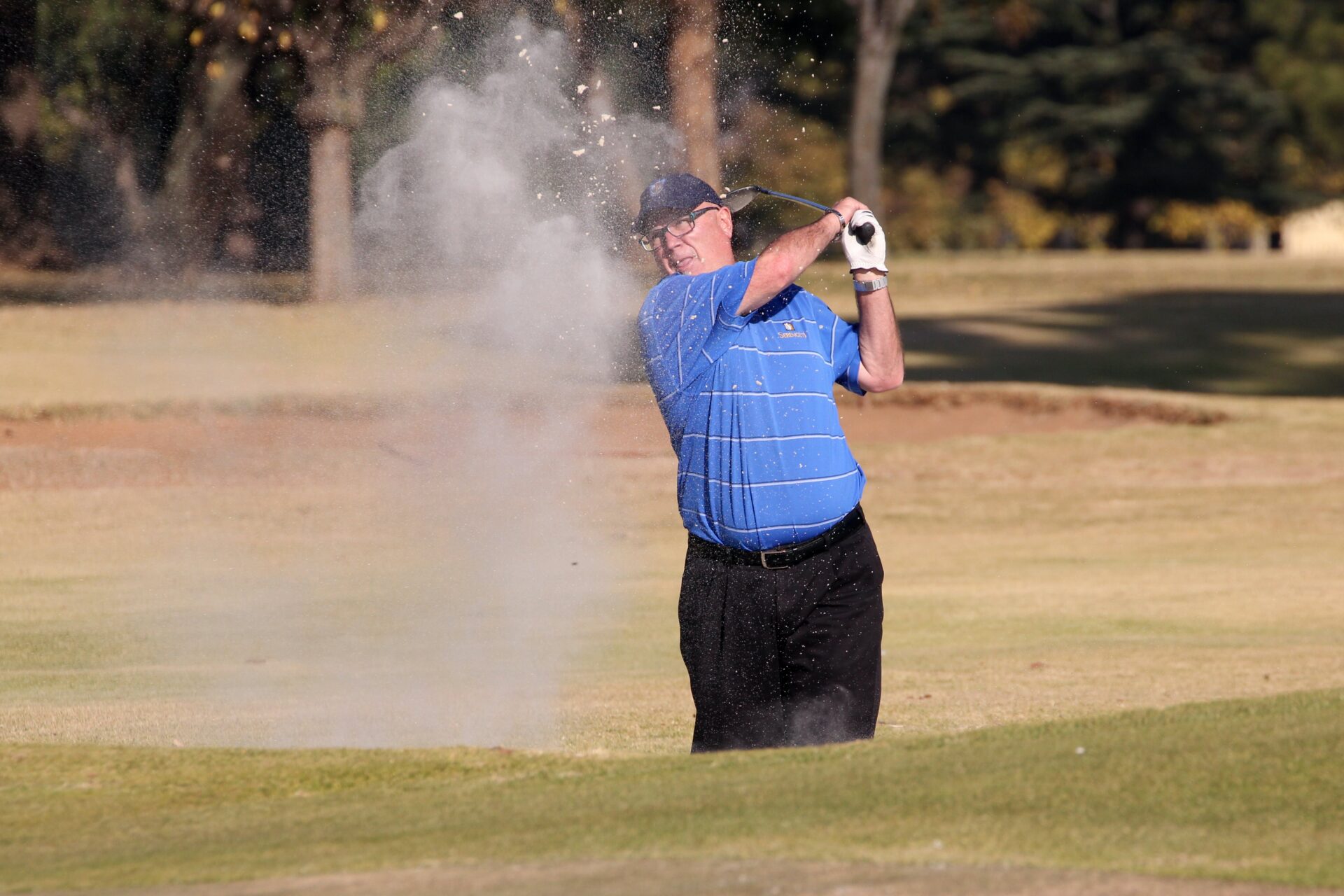Bad ball joints can affect your vehicle’s suspension, steering, and alignment. They are an integral part of your car’s suspension system, so bad ball joints can cause significant problems. But can you actually drive with bad ball joints? The answer depends on the severity of the issue and other factors. In this article, we’ll take a look at what bad ball joints are, what they do, and whether you can drive with them or not.Bad ball joints are suspension components that connect a vehicle’s control arm to its steering knuckles. They allow the suspension to move up and down while enabling the wheels to turn left and right. When ball joints wear out, they can become loose or even break completely, resulting in poor handling, misalignment of the wheels, and dangerous driving conditions.
What Are Ball Joints?
Ball joints are suspension components that connect the steering knuckles to the control arms of a vehicle. They are responsible for allowing the up and down motion of the wheel while also enabling it to turn left and right. A ball joint consists of a bearing stud and socket surrounded by a casing. The ball joint is designed to handle both vertical and horizontal loads, allowing the suspension to move up and down without binding. Without functioning ball joints, your vehicle’s suspension system will not work properly, resulting in poor handling performance and compromised safety.
Signs of Worn Ball Joints
Worn ball joints can cause your vehicle’s suspension system to become unbalanced, resulting in uneven tire wear as well as poor handling characteristics. Other signs of worn ball joints include clunking noises from the front end when driving over bumps or turning corners, as well as excessive vibrations coming from the front wheels. You may also notice that your steering wheel is not centered when you’re driving straight ahead or that your car pulls to one side when you accelerate or brake.
How Can I Tell If My Ball Joints Are Bad?
The best way to check for worn ball joints is to have a professional technician inspect them at regular intervals. They will be able to check for signs of excessive wear and tear, such as loose or cracked components, by using an inspection mirror and other specialized tools. You can also perform a visual inspection yourself by lifting each corner of your vehicle off the ground with a jack and checking for play in each wheel’s suspension components. If you find any noticeable play or see any cracks in the ball joint casing, it’s best to have them replaced immediately for safety reasons.
What Happens If I Drive With Bad Ball Joints?
Driving with bad ball joints can be extremely dangerous and should be avoided at all costs. Ball joints help to provide steering and suspension support and are essential components of any vehicle. When they are damaged or worn, it can cause the vehicle to lose control, reducing its overall handling abilities. Furthermore, a broken ball joint can cause the wheels to become misaligned which can damage other components like tires, rims, and even the axle itself. Additionally, driving with bad ball joints may also increase the risk of an accident as it may be more difficult for drivers to react in time when faced with unexpected scenarios.
Overall, it is essential to have your ball joints inspected by a qualified mechanic regularly in order to prevent any potential problems. If you do find that your ball joints are damaged or worn, you should have them replaced as soon as possible in order to ensure your safety and the safety of others on the road.
What Are The Risks Of Driving With Bad Ball Joints?
Driving with bad ball joints is a dangerous prospect because they are crucial components of the suspension system. Ball joints are responsible for connecting the control arms of the suspension system to the steering knuckles. They allow the suspension to move up and down and provide steering stability. When a ball joint fails, it can cause serious damage to other parts of the car and create a major safety hazard.
The most common symptom of bad ball joints is abnormal tire wear or an uneven tire tread pattern on your vehicle. Other signs include bumpy rides, clunking sounds when driving over bumps or turning corners, vehicle pulling to one side when braking, increased play in the steering wheel, and difficulty in steering.
When a ball joint fails, it can cause significant damage to other parts of your car such as your tires, wheels, brake system, and suspension components. If left unchecked, worn ball joints can lead to excessive wear on other parts of your vehicle which can be expensive to repair or replace. In worst-case scenarios, worn ball joints can even cause catastrophic failure while driving which could lead to loss of control and an accident.
The best way to avoid these risks is by regularly inspecting your ball joint for signs of wear or damage and making sure that they are properly lubricated. It’s also important to have regular maintenance done on your car which includes checking your ball joint for any signs of wear or damage. If you suspect that there may be an issue with your ball joints, it’s best to take your car into a qualified mechanic who will be able to diagnose any issues you may have with them and recommend repairs if necessary.
Can I Still Drive My Car With Bad Ball Joints?
Bad ball joints can cause a variety of problems with your car, including difficulty steering and an uneven ride. While it is possible to drive with bad ball joints, it is not recommended. Driving with bad ball joints can cause further damage to your car and can also be unsafe.
The most common symptom of a bad ball joint is a knocking or clunking sound when turning or going over bumps in the road. This sound is caused by the worn out joint, which leaves too much play in the suspension system, causing the suspension components to move around more than they should. You may also notice that your steering feels loose or unresponsive. Additionally, you may feel an unevenness when driving at highway speeds due to the extra play in the suspension system.
Driving with bad ball joints can worsen the damage and cause further issues such as tire wear and alignment problems. The extra play in your suspension system could eventually lead to a complete failure of the joint, which could cause you to lose control of your car and potentially put you in danger. It is important to have your ball joints checked regularly so that any potential issues can be identified and addressed before they become too serious.
If you suspect that one or more of your ball joints are in need of repair, it is best to take your car into a mechanic as soon as possible for an inspection. The mechanic will be able to determine if any of your ball joints need replacing and provide advice on how best to proceed with repairs. It is not recommended that you continue driving your car with bad ball joints as this could lead to further damage and put yourself at risk on the road.

How Long Can I Drive With Bad Ball Joints?
Driving with bad ball joints is a risky proposition. Ball joints are an essential part of your vehicle’s suspension and steering system, and when they get worn out, they can cause a variety of issues. If the ball joints are failing, it can cause excessive wear on other parts of the suspension system, such as tie rods and control arms. It can also lead to poor handling and decreased steering response. So it’s important to be aware of the signs that your ball joints may need to be replaced, and replace them as soon as possible.
In general, you should not drive for too long with bad ball joints. The exact amount of time depends on how worn out the ball joints are and the kind of driving you’re doing. If your vehicle is having trouble with alignment or steering response, it’s best to have it checked out by a professional mechanic right away. You should also pay attention to any unusual noises coming from your suspension system while driving, such as clunking or knocking sounds. These could be signs that your ball joints need to be replaced sooner rather than later.
If you know that your ball joints need replacing but you don’t have time or money for a repair yet, you should still take some precautions while driving. Avoid driving in wet or icy conditions if possible, since this can make any steering issues worse. Make sure you’re taking corners slowly and cautiously so that you don’t put too much strain on the suspension system. Also keep an eye out for any warning signs from your vehicle that something is wrong – such as vibrations in the steering wheel or strange noises coming from the wheels – so that you can address the issue before it gets worse.
Overall, it’s best not to drive with bad ball joints for too long if you want to avoid costly repairs down the line or even more serious safety issues while on the road. Pay attention to any warning signs from your vehicle so that you can address them quickly before they become more serious problems – and if you notice any strange noises or changes in performance while driving, have your vehicle checked by a professional right away.
Identifying Bad Ball Joints
If you suspect that your vehicle’s ball joints are in need of replacement, there are a few signs to watch for. One of the most common signs is a knocking or clunking sound when turning, especially at low speeds. Additionally, if your car is veering to one side while driving or your steering wheel is shaking, this could be an indication that the ball joints have worn out. It’s also important to look for signs of wear on the rubber boots that cover the ball joint. If these are cracked or torn, it could indicate that the joint has started to deteriorate.
Replacing Bad Ball Joints
Once you have identified that the ball joints need replacing, it is important to do so as soon as possible. If left unchecked, bad ball joints can lead to more serious issues such as suspension failure and tire wear. Generally speaking, replacing bad ball joints can be done at home with some basic tools and a little bit of mechanical know-how; however, it’s recommended that you take your car to a professional mechanic if you’re not comfortable with doing it yourself. A qualified mechanic will be able to identify and replace any worn ball joints quickly and safely.
Preventative Maintenance
The best way to avoid costly repairs due to bad ball joints is through regular preventative maintenance. Make sure to check your car’s suspension system on a regular basis for signs of wear or damage. If you notice any unusual noises or irregularities while driving, get your car checked out right away by a qualified mechanic. Additionally, make sure you check the rubber boots covering the ball joint before they become damaged and replace them if necessary.
Overall, bad ball joints can cause significant damage if left unchecked so its best to pay attention for any signs of trouble and get them replaced as soon as possible by a trained professional. Regular preventative maintenance will help ensure that your vehicle runs smoothly without any suspension-related issues down the road.
Repairing/Replacing Bad Ball Joints
The cost of repairing or replacing bad ball joints depends on a variety of factors, including the make and model of the vehicle, the complexity of the repair, and the type and quality of the replacement parts used. Generally speaking, repairing a bad ball joint can range from $150 to $400 for labor alone, while replacing one can cost between $200 and $600. Furthermore, if additional suspension components are required to be replaced along with the ball joint, then costs may increase significantly.
In addition to labor costs, parts for replacing bad ball joints must also be taken into consideration. Depending on the make and model of your vehicle, prices can range from as little as $30 for an economy-level part up to hundreds of dollars for a premium-grade part. It is important to note that more expensive parts will usually have a longer lifespan than less expensive options.
Overall, replacing or repairing bad ball joints is not necessarily an expensive undertaking; however, it pays to shop around before making any decisions. If you want to save money on repairs, try looking online for discounted parts or asking a local auto repair shop if they have any specials available.
Finally, it is best to have your vehicle inspected regularly so that potential issues with your ball joints can be identified before they become major problems. This way you can avoid costly repair bills in the future by having small problems addressed quickly and efficiently.

Conclusion
Bad ball joints are a serious problem that can have dire consequences if left untreated. It is important to have any ball joint issue inspected and replaced as soon as possible. If you must drive with bad ball joints, it is best to use extreme caution and avoid carrying heavy loads or putting too much stress on the vehicle in any way. Driving with bad ball joints can be dangerous and could put you at risk for an accident or injury.
It is always best practice to keep your car regularly maintained and serviced in order to avoid any potential issues or safety hazards. Bad ball joints should never be ignored, as they can be a major issue that can put you and other drivers at risk. Taking the necessary steps to get them checked out and replaced will help ensure your safety on the roads.

